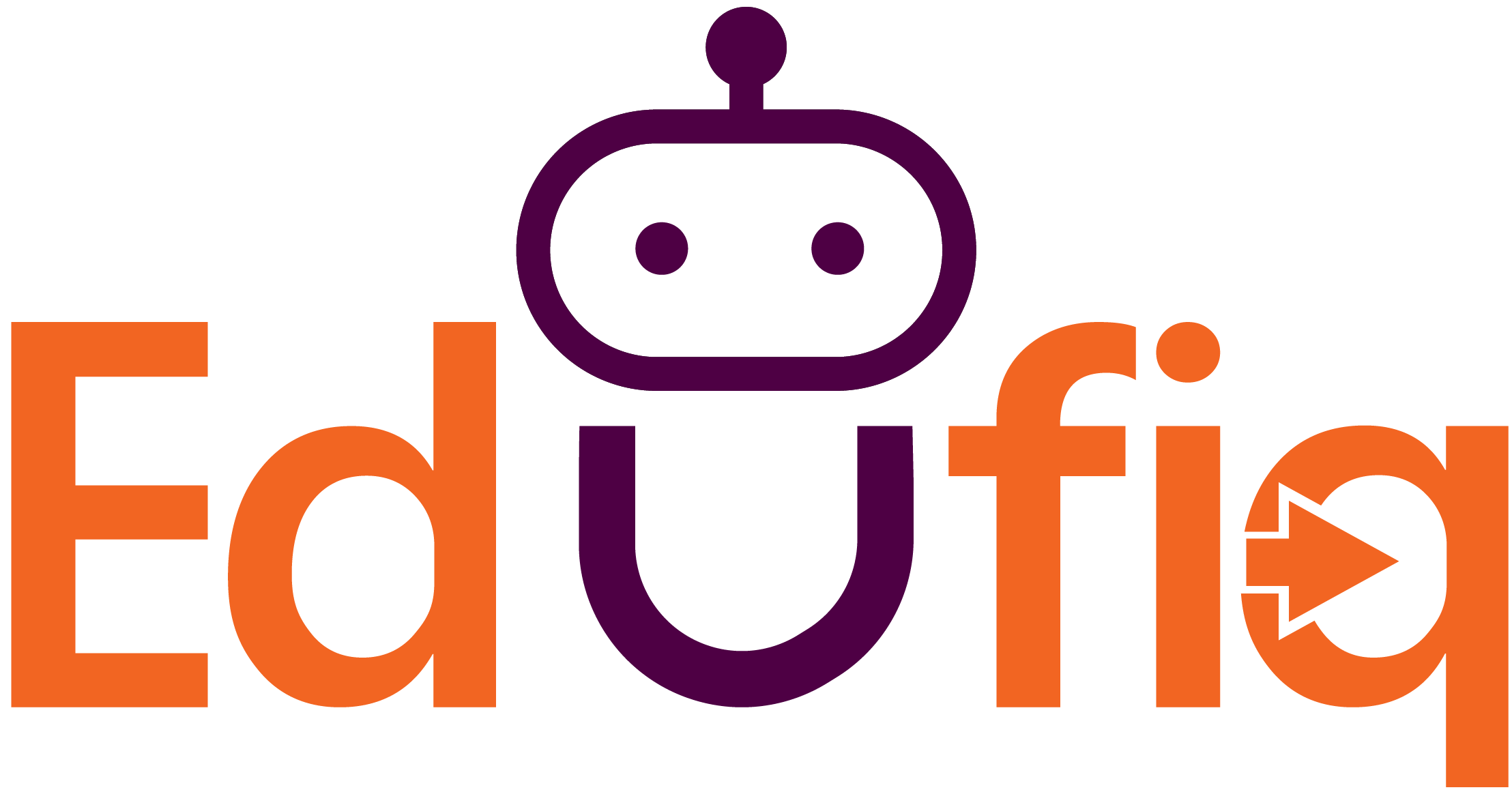
Overview
This course addresses students of standard 5, ages 9-11. It is designed to accommodate participants without any Game Based Learning Experience.
Class Detail
- Price ₹13000
- Age6-9 Years
- Availble Seats20 Seats left
- Live Sessions20 Sessions
- Duration60 Minutes

Course Pedagogy
- Activity classes
- Year-long curriculum
- 1-2 classes each week
- Assessments
- Quizzes
- Revision Classes
- Certifications
Course Curriculum
This course helps students adopt experiential learning resulting towards competency-based learning. Game based learning will be explained along with some hands-on activities and increase the fluency in the platform.
Number of Classes - 2
Number of Activities - 1
A painting has been stolen from a museum! A gang of thieves has made off with pieces of the exhibit. You have got to solve 5 tricky challenges. Once you have got them all solved, you will have all the pieces of the exhibit, and you can not only put the exhibit back together, but you can help her apprehend the leader of this dastardly gang of goons. You have got your wits, your coding skills, and your trusty agent to figure out these challenges. Go forth and be awesome. We are counting on you!
Sample of Exploring ‘My subjects with GBL’ – EVS: Walls Tells Stories ‘Museum’. Make your own Museum.
Number of Classes - 2
Number of Activities - 5
Standards-
CSTA
1B-AP-08 Compare and refine multiple algorithms for the same task and determine which is the most appropriate.
1B-AP-10 Create programs that include sequences, events, loops, and conditionals.
1B-AP-11 Decompose (break down) problems into smaller, manageable subproblems to facilitate the program development process.
1B-AP-15 Test and debug (identify and fix errors) a program or algorithm to ensure it runs as intended.
ISTE
5A- Students formulate problem definitions suited for technology- assisted methods such as data analysis, abstract models and algorithmic thinking in exploring and finding solutions.
5C- Students break problems into component parts, extract key information, and develop descriptive models to understand complex systems or facilitate problem-solving.
The course is made up of lessons where students learn the fundamental concepts of AI. The conceptual development of AI in a series of steps, including the collection of data, dataset creation, AI deployment and analysing results. In these unit students will learn via experiential learning - how to gather and prepare a photographic data for a dataset, the concept of pattern recognition, use pattern recognition concepts, detect anomalies in geographical data etc.
Sample of Exploring ‘My subjects with GBL’ – Maths: Can you see the pattern?
Number of Classes - 5
Number of Activities - 20
Standards-
CSTA K-12
IA-DA-06 - Collect and present the same data in various visual formats.
2-AP-12 - Design and iteratively develop programs that combine control structures.
IB-AP-II - Decompose (break down) problems into smaller, manageable subproblems to facilitate the program development process.
ISTE
7A- Provide alternative ways for students to demonstrate competency and reflect on their learning using technology.
3B- Establish a learning culture that promotes curiosity and critical examination of online resources and fosters digital literacy and media fluency.
6B- Manage the use of technology and student learning strategies in digital platforms, virtual environments, hands-on makerspaces or in the field.
Students will learn to use command a computer agent to do different building. Understand how code can be used to create large-scale actions that would manually take longer. Explore new coding types and how they can assist students when building their own worlds. This unit focus on logical skills understanding with experiential learning.
Sample of Exploring ‘My subjects with GBL’ – EVS: No place for us - “The city people do not create garbage. Cities are dirty because of the slums.” How do you feel about this? Let us, Discuss, and debate.
Number of Classes – 12
Number of Activities - 14
Standards-
CSTA K-12
1B-AP-08 Compare and refine multiple algorithms for the same task and determine which is the most appropriate.
IB-AP-10 Create programs that include sequences, events, loops, and conditionals.
IB-AP-11 Decompose (break down) problems into smaller, manageable subproblems to facilitate the program development process.
1B-AP-12 Modify, remix, or incorporate portions of an existing program into one's own work, to develop something new or add more features that are advanced.
1B-AP-15 Test and debug (identify and fix errors) a program or algorithm to ensure it runs as intended.
1B-AP-17 Describe choices made during program development using code comments, presentations, and demonstrations.
This unit is an extension of Unit C. Students will expand their logical skills with experiential learning by doing multiple activities. Explore how can be used to facilitate the imagination and code more creatively with increasingly complex code. Students expand on their fluency in coding via experiential learning platform. Merge mathematics with code to create calculated in-game actions.
Sample of Exploring ‘My subjects with GBL’ – English ‘Two stories got mixed up’.
Number of Classes - 19
Number of Activities - 21
Standards-
CSTA K-12
1B-AP-08 Compare and refine multiple algorithms for the same task and determine which is the most appropriate.
IB-AP-10 Create programs that include sequences, events, loops, and conditionals.
IB-AP-11 Decompose (break down) problems into smaller, manageable subproblems to facilitate the program development process.
1B-AP-12 Modify, remix, or incorporate portions of an existing program into one's own work, to develop something new or add more features that are advanced.
1B-AP-15 Test and debug (identify and fix errors) a program or algorithm to ensure it runs as intended.
1B-AP-17 Describe choices made during program development using code comments, presentations, and demonstrations.
